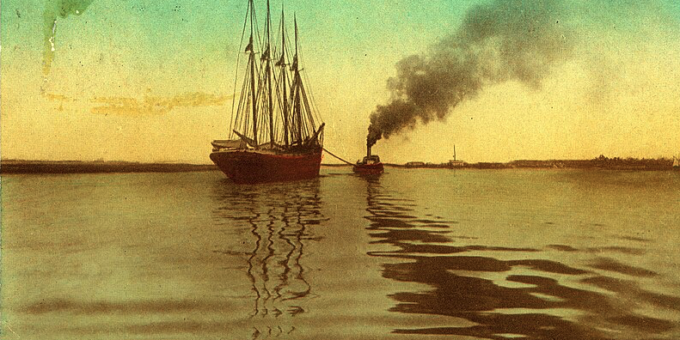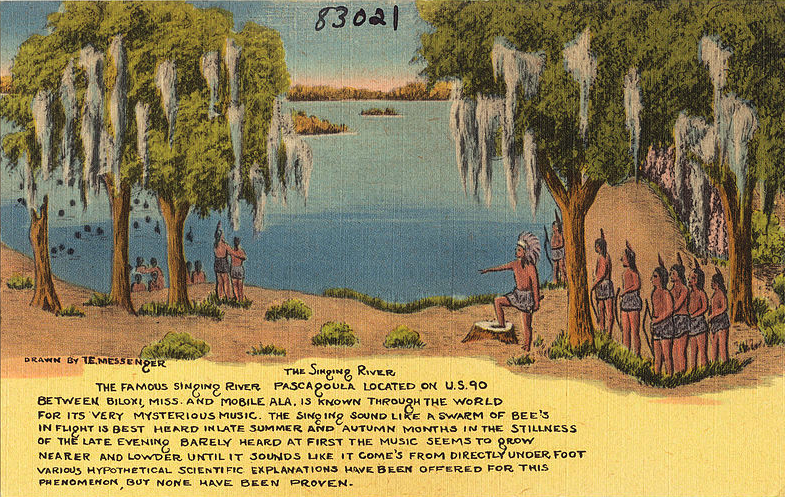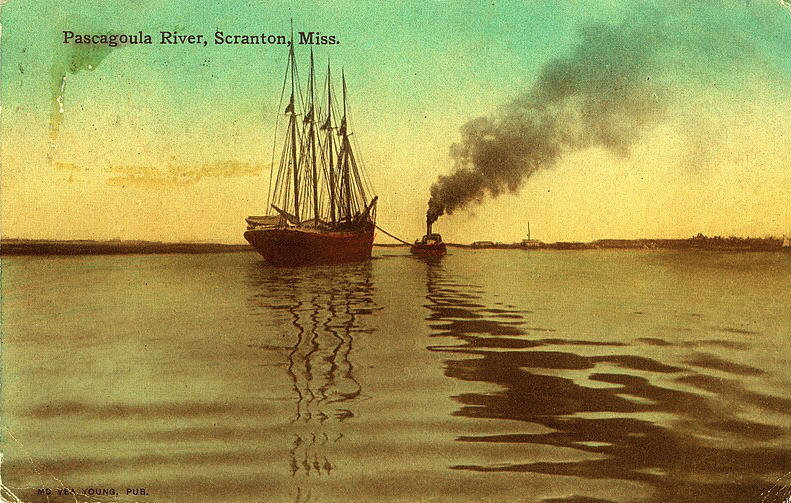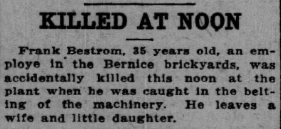
The Pascagoula region, explored by D’Iberville in 1699, is steeped in history, from mysterious shell mounds and eerie music to the establishment of a fort by Colonel Dupont.
Unique Relics at Pascagoula

In the month of July, 1699, Le Moyne D’Iberville, who was cruising along the shores of the Gulf of Mexico, hunting for the mouth of the Mississippi River, entered the broad estuary of the Pascagoula River thinking it was the object of long search. We say “the broad estuary of the Pascagoula River,” for it must be borne in mind when the French explorer came to this place there was no such things as the “East and West Pascagoula Rivers,” and the broad marsh islands that now separate these two rivers and is known as Lowry’s Island, had no existence, and was not found on any map prior to 1822.
So that Lowry Island, or the Delta of Pascagoula, must have been formed some time after the visit of D’Iberville.
The explorer ascended the river and on coming to anchor and going ashore found only two natives — a man and a woman — who told him that they belonged to the tribe of the Pascagoulas, who had ascended the river on a hunting expedition.

Pascagoula Name
Now, as to the name Pascagoula, Rev. Father Ted Brink, a missionary priest, who had spent ten years among the Choctaw Indians of Neshoba County, told the writer that no such word as Pascagoula is found in their language, but they have the word “Pascaokla,” which means bread-eaters, and this is doubtless the etymology of the name Pascagoula.
Heard Strange Sounds
D’Iberville kept a journal while at anchor in the Pascagoula, and in one entry he says that at night he heard a mysterious sound coming up out of the waters of the river and bay that sounded like someone was strumming a guitar or like the murmur of many voices. On inquiring of the aborigines, they told him that it was the voices of the dead of the Pascagoulas, who a great many moons before had sought death in the waters of the river to escape from their foes, the Alabamians.
This mysterious sound has long since become celebrated as “The Mysterious Music of Pascagoula,” and has formed the subject of innumerable poems, good, bad, and indifferent. Scientists tell us that this music is made by a fish of that Umbrina (drum) type but the “oldest inhabitant” hoots at this idea, and wants to know “What did Darwin and G. Browne Goode” know about the fish of the Pascagoula;” and then he advances a theory of his own, but as there are as many theories as there are inhabitants, it is useless to discuss them.
After leaving the waters of the Pascagoula, D’Iberville sailed along the coast until he came to the Bay of Biloxi, where he established his first settlement, leaving it in charge of his brother Sauvelle. So far as we are able to learn, there was no settlement made at Pascagoula until 1717, when a French engineer, Colonel Dupont, came to Pascagoula and ascended the river until he came to a lake now known as Krebs Lake where he built his fort of abode.

A Strange Shell Mound
This fort is built on an Indian shell mound that rises some 15 feet above the level of the lake. This shell mound is composed of an immense mass of shells that the Indians threw away after eating the contents. One digging down into that shell mounds or heaps frequently comes across the human skeleton, bones of animals and fish, pipes and pieces of Indian pottery.
The strangest thing about these heaps is that while they are composed of clam shells, clams are not found in the waters of Pascagoula Bay or River, though oysters are abundant. Oysters are found in these heaps, but it is always near the top, and as you go down the oyster shells disappear and only clam shells are found.
Colonel DuPont, having built his fort began to trade with the Indians, returning to France some years afterwards, leaving his colony in charge of his son-in-law, Augustin Krebs. Near the fort and within a stone’s throw of it, Col. DuPont established a cemetery for the members of his garrison, which yet remains intact, and is the private burying grounds of the descendants of the two families of DuPont and Krebs, though at times they have permitted strangers to be buried there, but since the establishment of two public cemeteries there that privilege has been withdrawn.
The cemetery contains about half an acre of ground and stands on a shell mound overlooking Krebs Lake. It is regarded as one of the show places of this city. From its northern gate one can obtain a fine view of Krebs Lake and the Pascagoula River, which flows nearby.
Source: The sea coast echo. (Bay Saint Louis, Miss.), 05 Nov. 1910.

